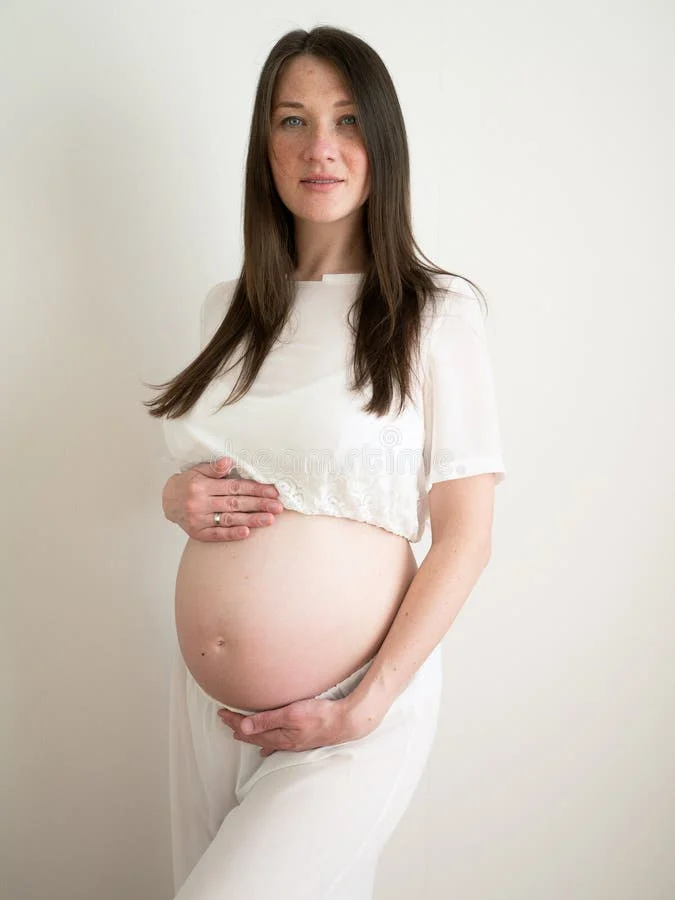You know, I had this bizarre moment the other day when I found myself pondering why there aren’t more stores dedicated to crafting beads. I mean, seriously, the streets are overflowing with shops selling e-cigarettes and artisanal soy lattes, yet when you search for a simple polymer-coated glass bead, you come up empty-handed.
Now, just to clarify, I’ve never actually made anything with beads. Crafting isn’t exactly my forte. But before I knew it, I was daydreaming about launching… an artisanal bead shop. Yup, that was my rock bottom, my cry for help.
I’m a writer and a dad of three, but during those weird weeks spent dreaming up an imaginary bead empire, I started questioning my identity. I’ve done it all—reporting, writing books, crafting speeches, developing websites, and even supervising music. Like many guys in their 40s, I took my strong, feminist mom’s advice to heart, meandering through various creative paths that rarely paid well.
Meanwhile, my fantastic partner, Sarah, has been climbing the television ladder since college, tirelessly crafting scripts and honing her skills. After a series of short-lived gigs and failed projects, she struck gold with the hit show Green Leaves, followed by the wildly popular series Bright Days Ahead.
As her career soared, my income became less significant. So, like many supporting partners of successful women, I took a step back. I embraced domestic life—juggling carpools, handling repairs, and even planning family vacations. I became a regular at the local coffee shop, bonding with other guys married to high-achieving women. I’ve coined them the “Plus Ones,” named after those little notes at the bottom of fancy invitations addressed to our wives.
While I was enjoying my time with the kids, I also wrestled with insecurities. Filling out insurance forms with “primary cardholder” made me twitch. I even had some rather odd outbursts—like speeding away in the minivan at carpool drop-off or getting a bit too competitive at a birthday laser-tag party.
That’s when my sudden fascination with beading kicked in. Thankfully, I eventually came back to reality. I’m not quite sure what triggered it—maybe a conversation with my more grounded partner? I can vividly see Sarah raising an eyebrow and using that certain tone of voice. Whatever it was, I got the hint: my envisioned bead shop would likely end up being the saddest little store ever, running until I realized I didn’t actually care about beads at all.
Instead, I turned back to writing—not out of desperation, but out of genuine excitement. I started exploring stories about male caregivers and female breadwinners, delving into the dynamic of men managing household duties while women pursued their careers. I wrote about the joy and challenges of being a supportive partner.
For the first time, I was writing without any external pressure—no assignments or editors, just a story that needed telling. It was exhilarating yet terrifying, and surprisingly therapeutic.
My journey began with my own experiences but quickly expanded to explore deeper issues. My protagonist mirrored my struggles but took a darker path, acting on his worst impulses, neglecting his family, and diving into questionable choices (let’s just say reality TV was involved).
In essence, I had my midlife crisis on the page instead of in real life. And let me tell you, as alternatives go, writing beats the usual midlife meltdown any day. Sure, it’s tricky to explain to loved ones that the characters in my book might resemble them, but I managed to emerge from this creative journey without making any life-altering mistakes.
Now that my novel is published, I’m back to supporting my partner while she continues to thrive in her career. I wish I could say I’ve resolved all my insecurities about being the caretaker, but that would be a stretch. I still find it hard to shake the feeling of embarrassment that comes from not being the primary breadwinner. I know my role at home matters, but I still feel a knot in my stomach when I compare my daily “work” of managing carpools and meal planning to my partner’s high-powered job.
Nora Ephron hit the nail on the head when she discussed the lingering gender stereotypes we carry, how they can be maddeningly unliberated. She noted that while societal changes are underway, our minds still hold onto outdated beliefs.
Despite my midlife identity crisis, I’ve come to a clearer understanding: no one should feel diminished for taking care of their family. Supportive partners are often overlooked, especially men, and I refuse to let my ego dictate my worth.
I could spend my days fretting over the man I thought I’d be, but I’ve got three incredible kids and a remarkable partner to cherish. Whether it’s sheer luck or the hard work of feminists before me, I find myself in the passenger seat of a fast-moving ride led by a phenomenal woman.
In moments of clarity, I realize that my success shouldn’t be measured against my partner’s. Beyond her role as the breadwinner, she is my soulmate—truly the one I’m meant to be with. Sure, holding her purse can be a challenge, but during our Saturday morning trips for pho, I slurp the noodles while she enjoys the broth. Our quirks align in the best way possible. So, while I may be a Plus One, there’s genuinely no one else I’d rather be associated with.
Looking for more insights? You can check out this engaging piece on home insemination at Intracervical Insemination, or explore the details about artificial insemination kits at Make a Mom. And don’t forget to visit IVF Babble for excellent resources on pregnancy and home insemination.
Summary:
In a heartfelt reflection, Casey Thompson explores the complexities of being a supportive partner to a successful woman, sharing personal struggles with identity and societal expectations. Through writing, he navigates his midlife crisis, ultimately embracing his role as a caretaker and recognizing the value of his contributions to family life.
